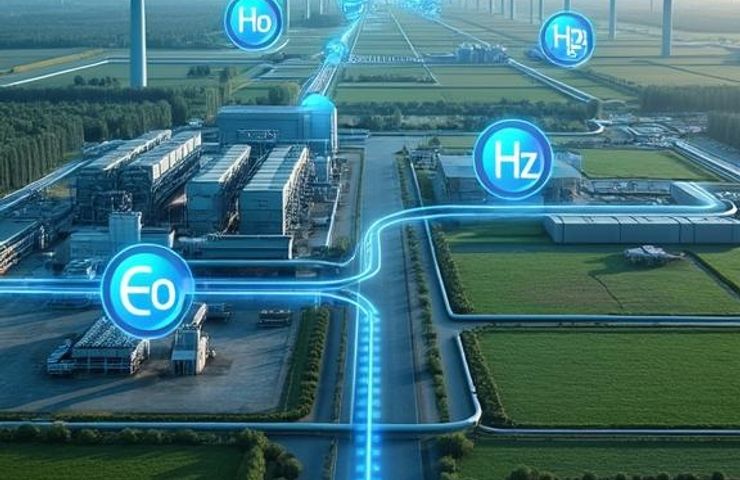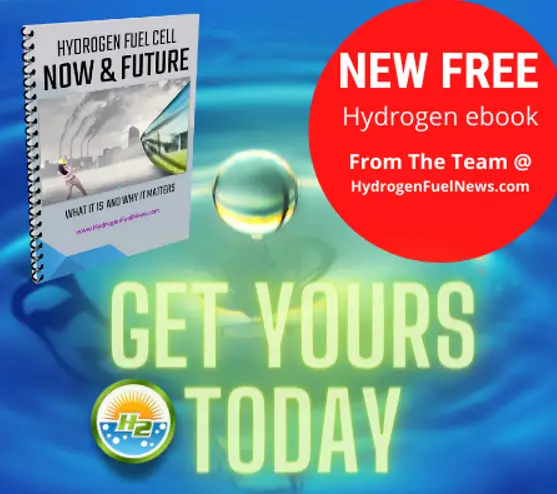
Hydrogen Production at a Crossroads: Europe’s Industrial Decarbonization Plan Faces Infrastructure Hurdles
July 15, 2025Europe’s mission to cut industrial emissions is reaching a tipping point. The goals are bold, the policies are rolling in, and there’s serious cash—billions, in fact—being funneled into hydrogen. The message is clear: the EU is all in on building a hydrogen-powered economy. But according to a new report from ETH Zürich’s Institute of Energy and Process Engineering, ambition on paper isn’t going to cut it. Without the right infrastructure, careful supply planning, and a smart mix of green hydrogen and low-carbon alternatives, that target of climate neutrality by 2050 might just slip through our fingers.
From Big Climate Dreams to On-the-Ground Realities
Hydrogen gets a starring role in the EU’s plan to clean up heavy industries—think steel, cement, chemicals, and shipping. These are tough nuts to crack when it comes to switching to clean electricity, which is why hydrogen production, especially from renewable sources, is getting a lot of attention. But here’s the thing: while the EU has its eyes set on using 20 million tons of clean hydrogen a year by 2030, current production is less than 0.5% of that. Yep, we’ve got a long way to go.
A recent study by Alissa Ganter, Paolo Gabrielli, Hanne Goericke, and Giovanni Sansavini from ETH Zürich lays out a game plan. They mapped out the most cost-effective ways to build hydrogen and carbon supply chains across Europe. Their take? A smart mix of green hydrogen from electrolysis, biomass-based hydrogen, and blue hydrogen with carbon capture (CCS) makes the system much more resilient—especially when future demand is still a big question mark. One clear takeaway: we’ve got to invest early in flexible infrastructure that can support hydrogen infrastructure and CO₂ transport. No ifs, ands, or buts.
Building the Foundations, One Euro at a Time
To help bridge the gap between theory and reality, the European Commission rolled out the EU Energy and Raw Materials Platform. It’s designed to steer investments into infrastructure while helping connect the dots between supply and demand. On top of that, the EU Innovation Fund has already backed close to €1 billion in green hydrogen projects this year—mainly across industrial hotspots in Germany, France, the Netherlands, and Belgium.
Still, turning all this money and planning into actual infrastructure won’t be easy. We’re talking serious engineering challenges—like transporting hydrogen over long distances, storing it safely, or coordinating pipelines across borders. And then there are the typical hurdles: red tape, regulatory delays, and slow market uptake. The report emphasizes the need for “minimum-regret” infrastructure—basically, flexible choices that make sense under a range of future scenarios, even if things don’t go exactly as planned.
Biomass: Easy on the Wallet, But Not Without Baggage
Among the different hydrogen options, biomass-based hydrogen currently looks like the cheapest. But it’s not without its downsides. Think land-use clashes, a limited supply of sustainable biomass in Europe, and the fact that most biomass tech still hasn’t been tested at industrial scale. That’s where a hybrid approach comes in handy: using green hydrogen when there’s lots of renewable power on hand, leaning on blue hydrogen where there’s solid CCS infrastructure, and turning to biomass wherever it’s truly sustainable. The ETH team says localized strategies like this will beat a one-size-fits-all model every time.
Why This Matters: Beyond Just Carbon
The benefits of a thriving hydrogen economy go way beyond helping the planet. We’re talking high-skilled job creation, stronger industry competitiveness, and less dependency on fossil fuel imports that are often at the mercy of global crises. But it’s a double-edged sword. Move too slowly, invest in the wrong stuff, or misjudge the scale, and we could end up with stranded infrastructure and regional economies left even further behind in the transition.
With 2030 right around the corner, the next five years are going to be make-or-break. That means moving full steam ahead—from pilot projects to massive scale-ups—if we want hydrogen to actually become the backbone of European industry. It’s going to take bold moves, long-term thinking, and a whole lot of collaboration across sectors and borders.
The Bottom Line: Targets Are Only the Starting Line
There’s no question: Europe’s commitment to climate action is real. But having bold targets isn’t enough if we don’t see change on the ground. The ETH research and the EU’s latest funding efforts point to what really matters: adaptability, smart investment, and getting moving on the infrastructure now. Without that, hydrogen could remain stuck in the “promising future” phase—and Europe could risk falling behind in the race for a sustainable energy future.



 With over 15 years of reporting hydrogen news, we are your premier source for the latest updates and insights in hydrogen and renewable energy.
With over 15 years of reporting hydrogen news, we are your premier source for the latest updates and insights in hydrogen and renewable energy.